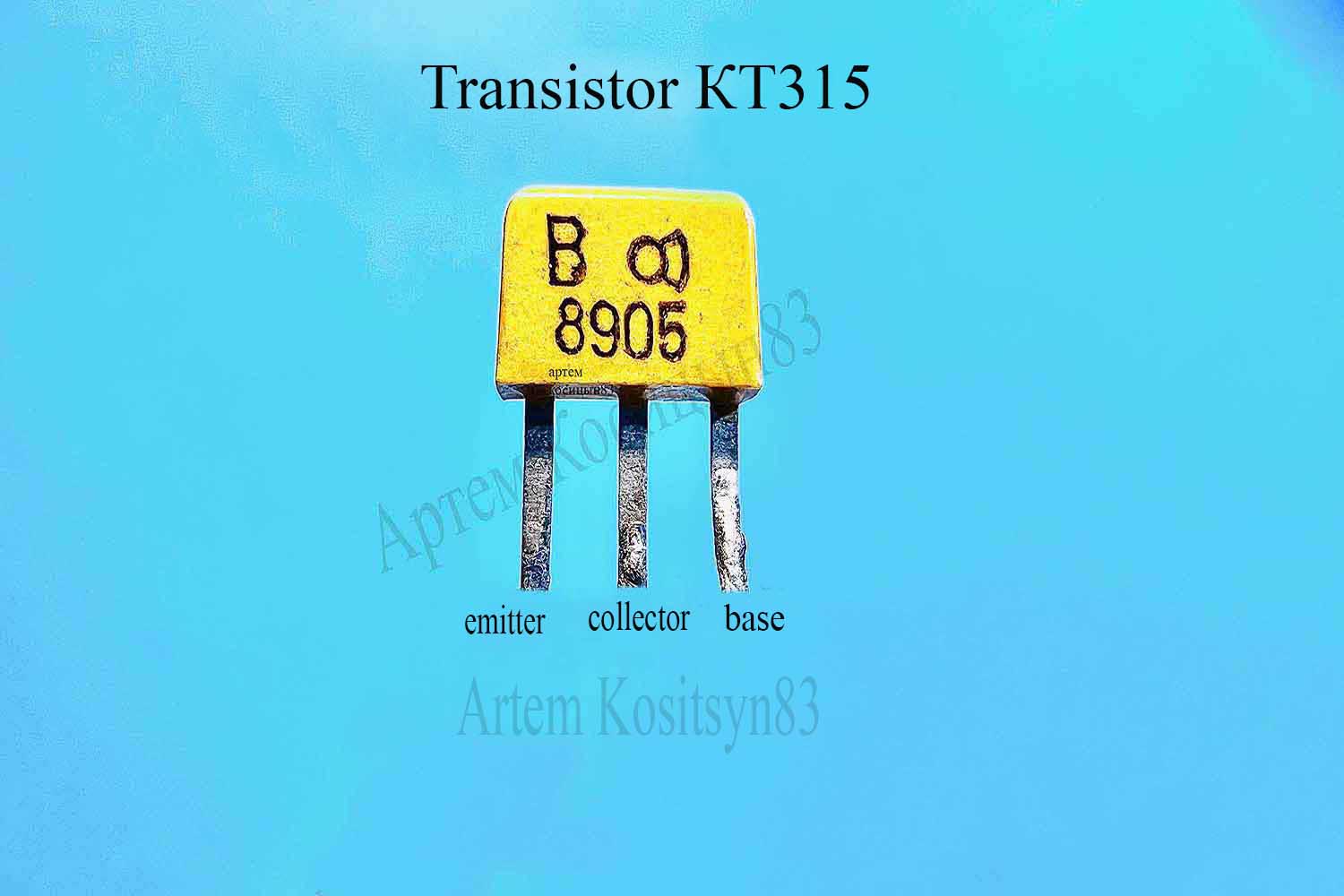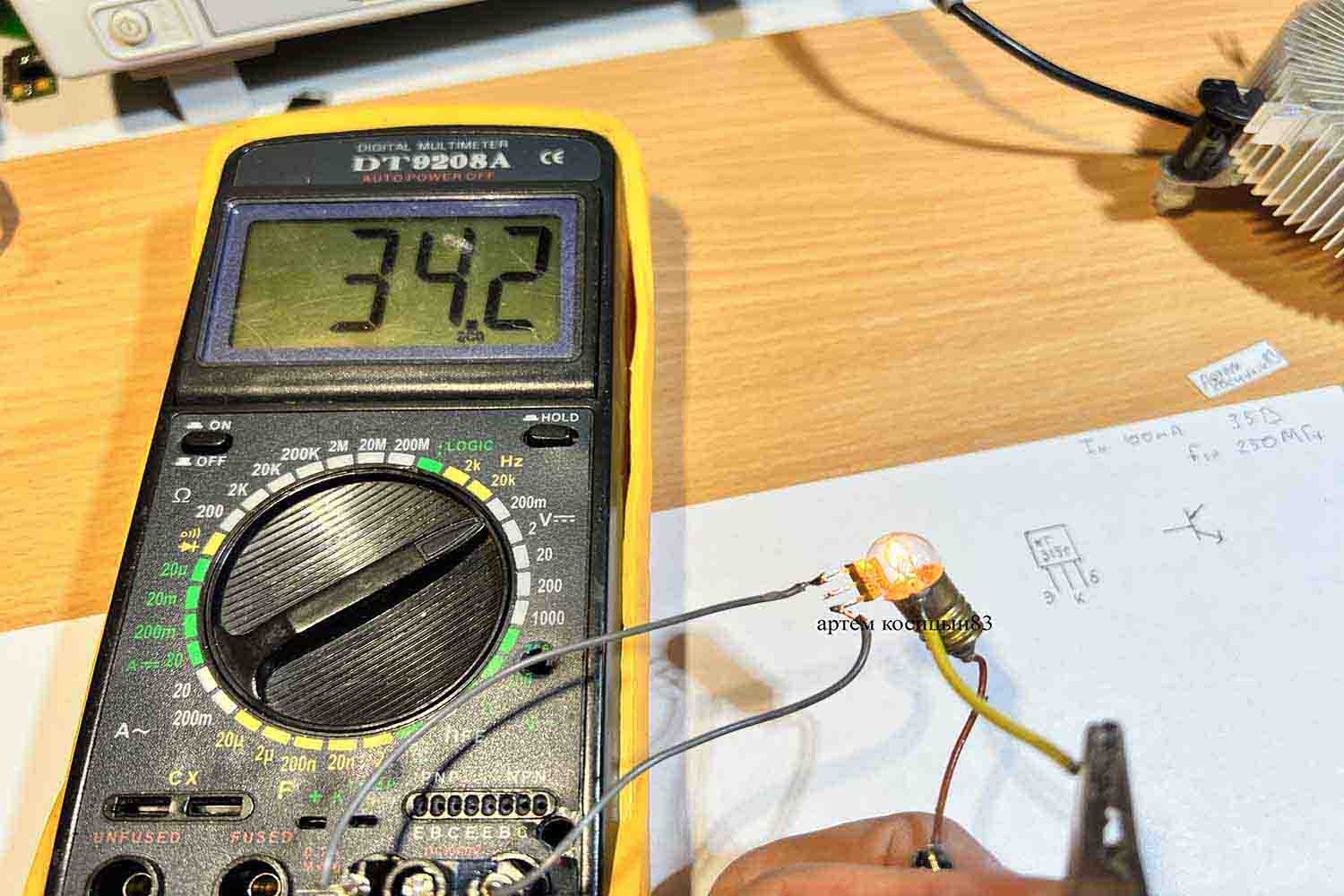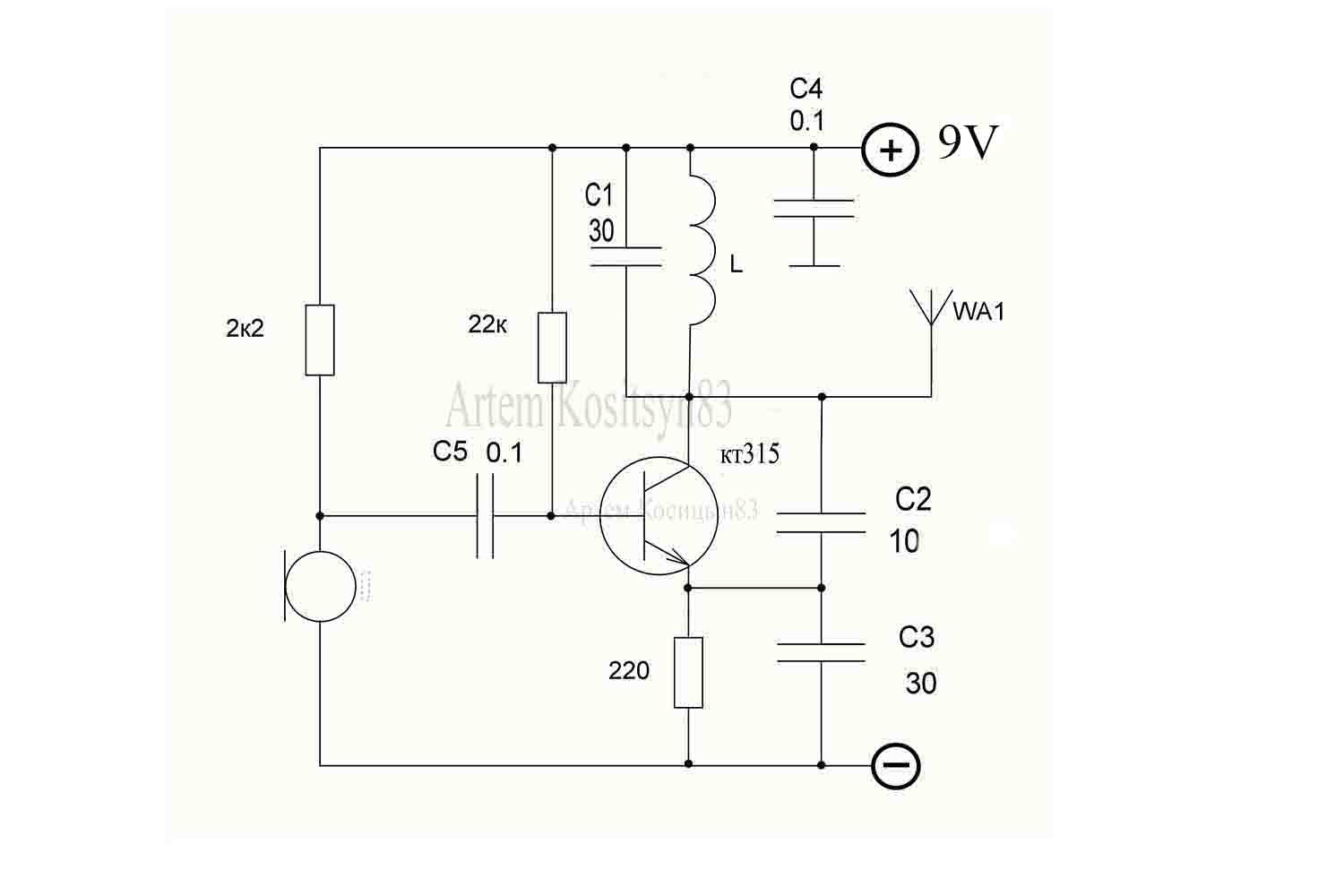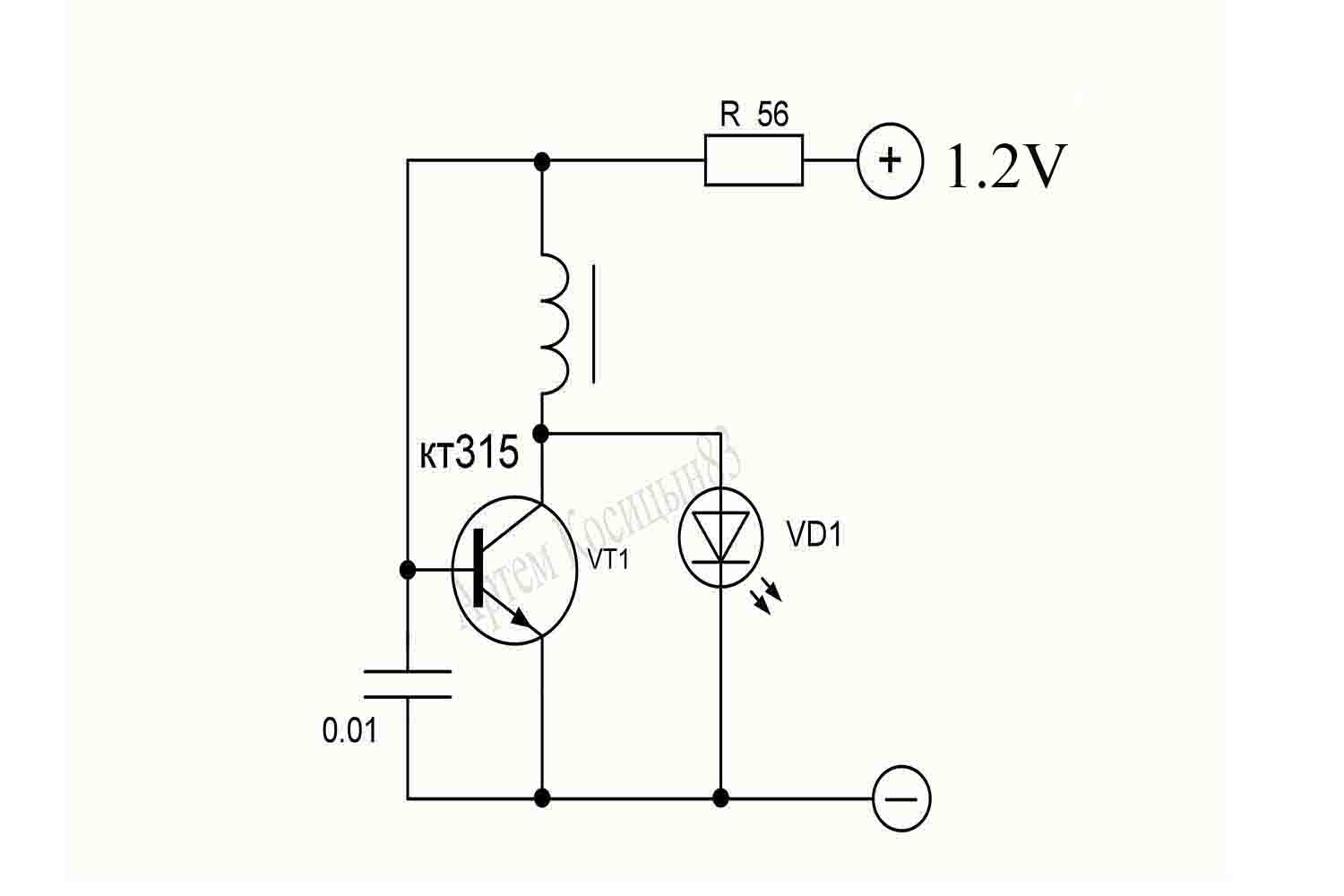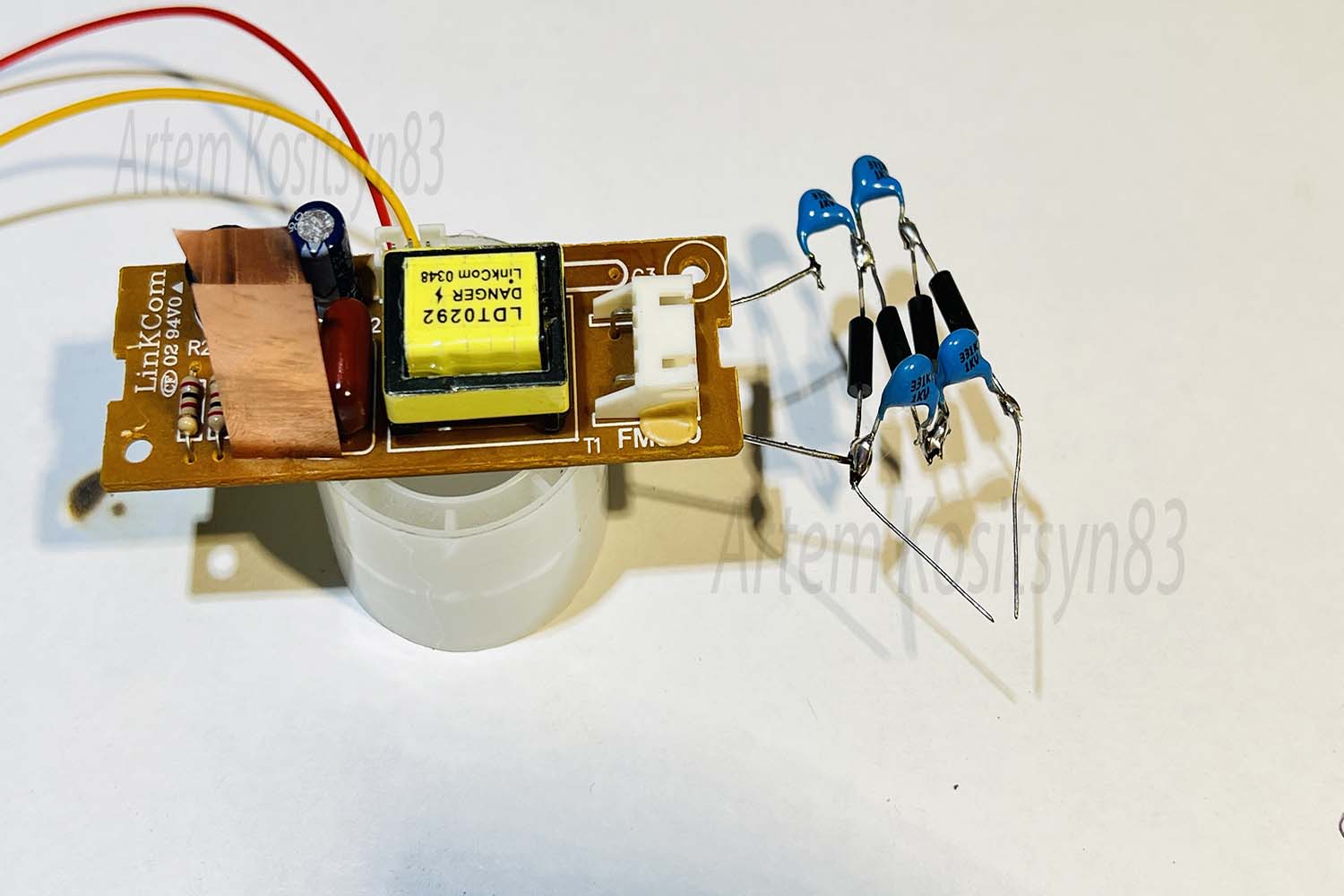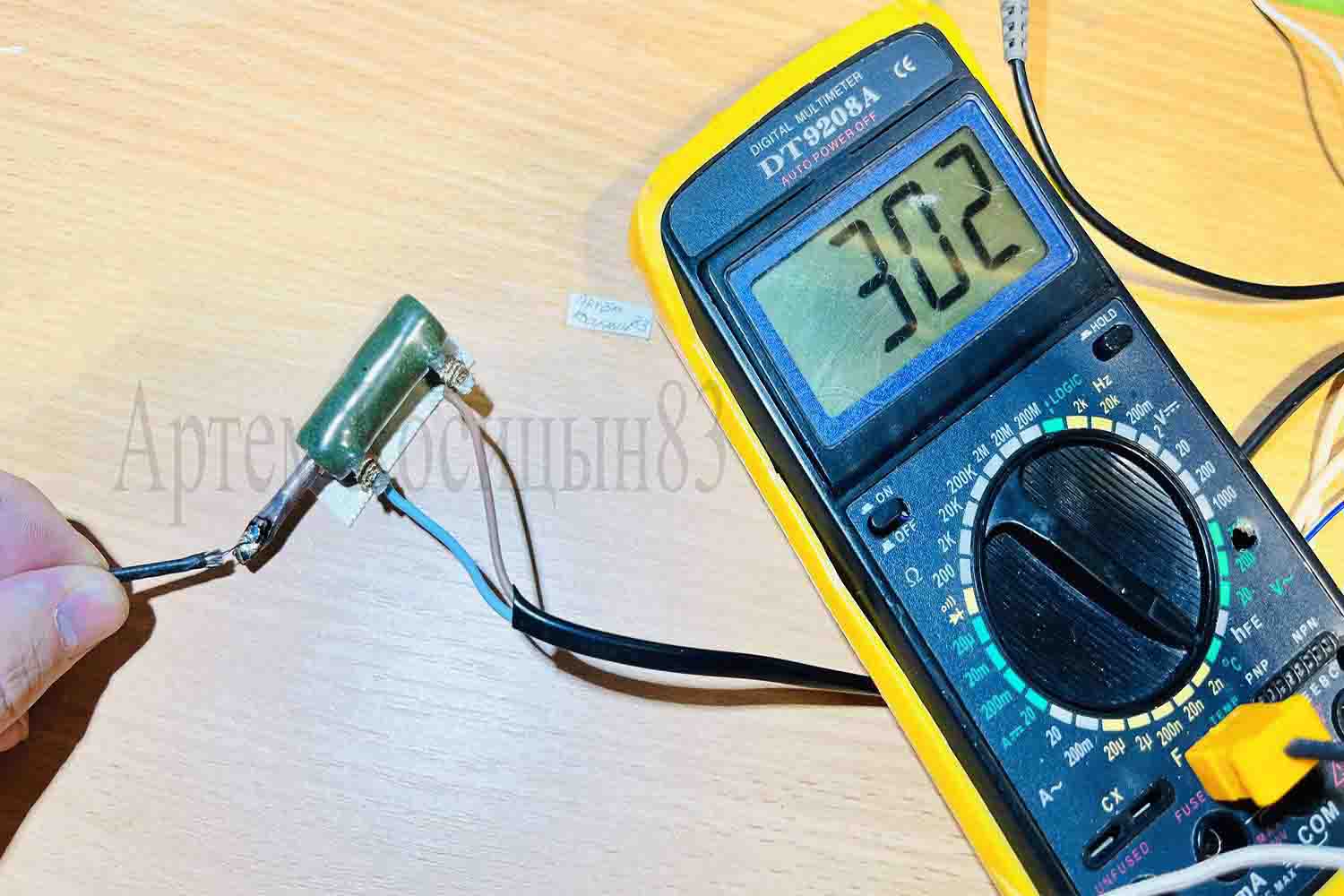Hello everyone.This is the most common Soviet transistor, you will find it on most boards of Soviet household appliances and it is called KT315.Several good and simple circuits can be assembled on this transistor, but the transistor can also be used in non-standard inclusions.The main and average characteristics of the KT315 are: collector-emitter voltage 15-60V; collector current 50-100 mA; boundary frequency 250 MHz.Its foreign counterpart is BC548.
The transistor housing has the ability to transmit a little light and the radiation falls on the transistor crystal.It turns out such a micro-powerful solar battery with an output voltage of the order of tens of mV, but the current is negligible.This can be checked by connecting a voltmeter to the base emitter and shining a flashlight on the case.
Lean a radiator or heat sink against one side of the transistor, and heat the other side.A voltage will appear between the base and the emitter, this is nothing more than the Seebeck effect-the occurrence of EMF in a conductor whose contacts are at different temperatures.The voltage will be literally several mV.
And now the electronic circuits.The simplest scheme is a flashing light bulb operating on an avalanche breakdown of a transistor.No current is supplied to the base, and a plus power supply is connected to the emitter via an alternating resistor.As soon as the voltage on the capacitor reaches about 9 Volts, an avalanche breakdown of the transistor will occur and the LED will light up, but the capacitor will discharge, and the breakdown will disappear, and the LED will go out.Then everything repeats again.The variable resistor can adjust the frequency of LED flashes.
A simple VHF-FM radio microphone.We speak into the microphone, the sound voltage goes to the generator where frequency modulation occurs, we receive the transmitter signal to the fm radio receiver.The coil is wound on a frame with a diameter of about 5 mm and contains 4 turns of 0.6 mm wire.
This radio microphone can be turned into a simple metal detector.Instead of an inductor of four turns, we connect one turn of 0.6 mm wire with a diameter of 11 cm and receive the signal to the receiver.We bring the metal to the coil and the frequency of reception goes away, which indicates that the metal is nearby.
A non-standard converter circuit for powering the LED from a battery.It is known that LEDs shine at a voltage of about 3 Volts.To power the LED from the battery, we assemble the converter on one transistor, only this is a non-standard Joule thief circuit and possibly less powerful than the original one with two windings, but it is also not bad.The throttle applied an inductance of 20 uH
